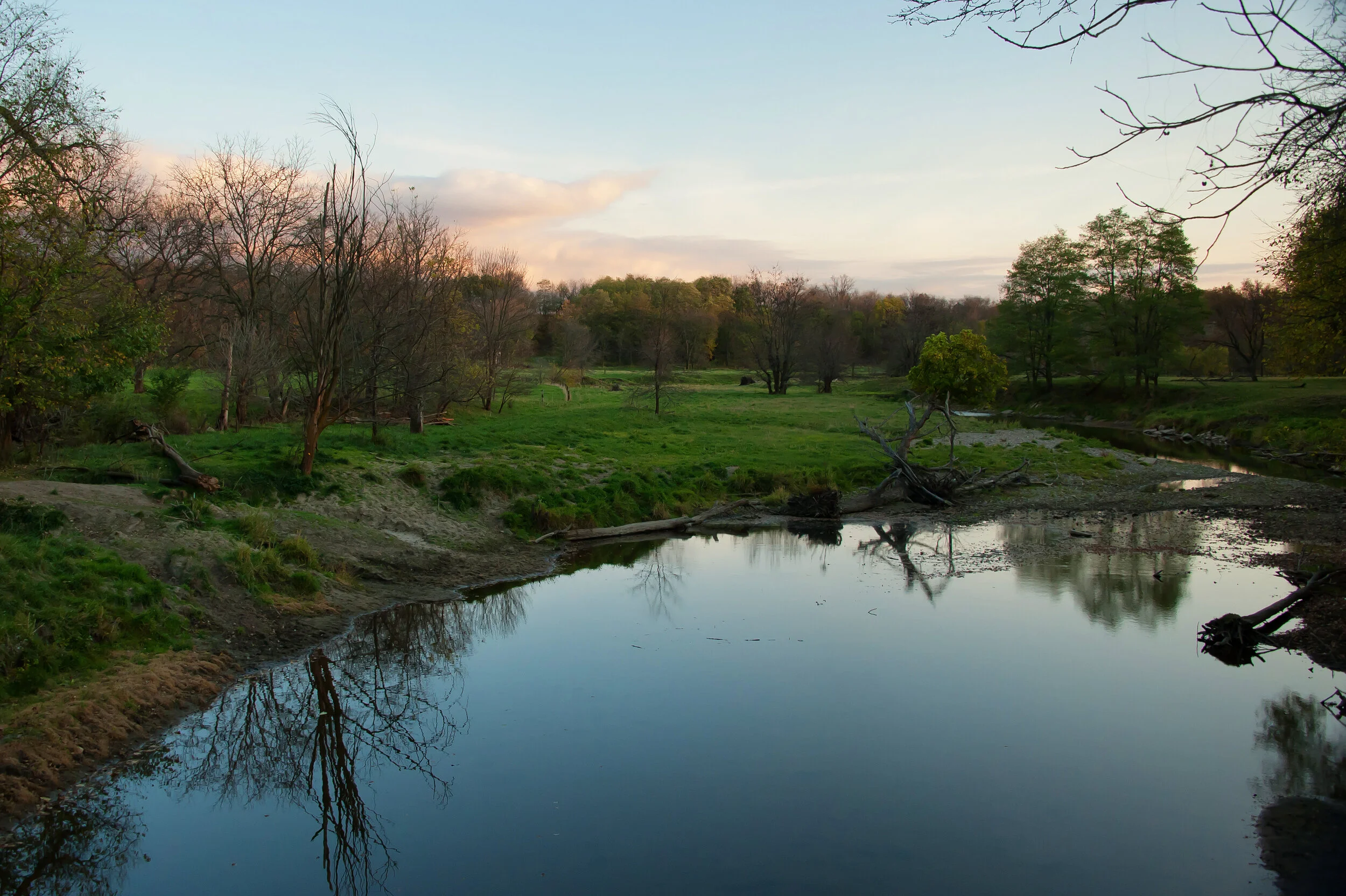Welcome back to the Entryway to Birding blog! It’s now July—can you believe it? I hope everyone reading was able to celebrate a safe and healthy 4th of July.
With the heat of summer setting in over the last week, my birding habits have been changing. I’ll admit, I’m a bit of a wimp—I don’t like getting eaten alive by mosquitoes nor do I handle heat and humidity well. Our current stretch of hot and humid weather has me looking for some more creative ways to bird, since sweaty, irritable birding is not my best birding.
This week’s blog post is for those of you who still want to get outside, get active, and enjoy those birds, but aren’t feeling inclined to stand around in the humidity while getting eaten by mosquitoes.
Photo by Caitlyn Schuchhardt






